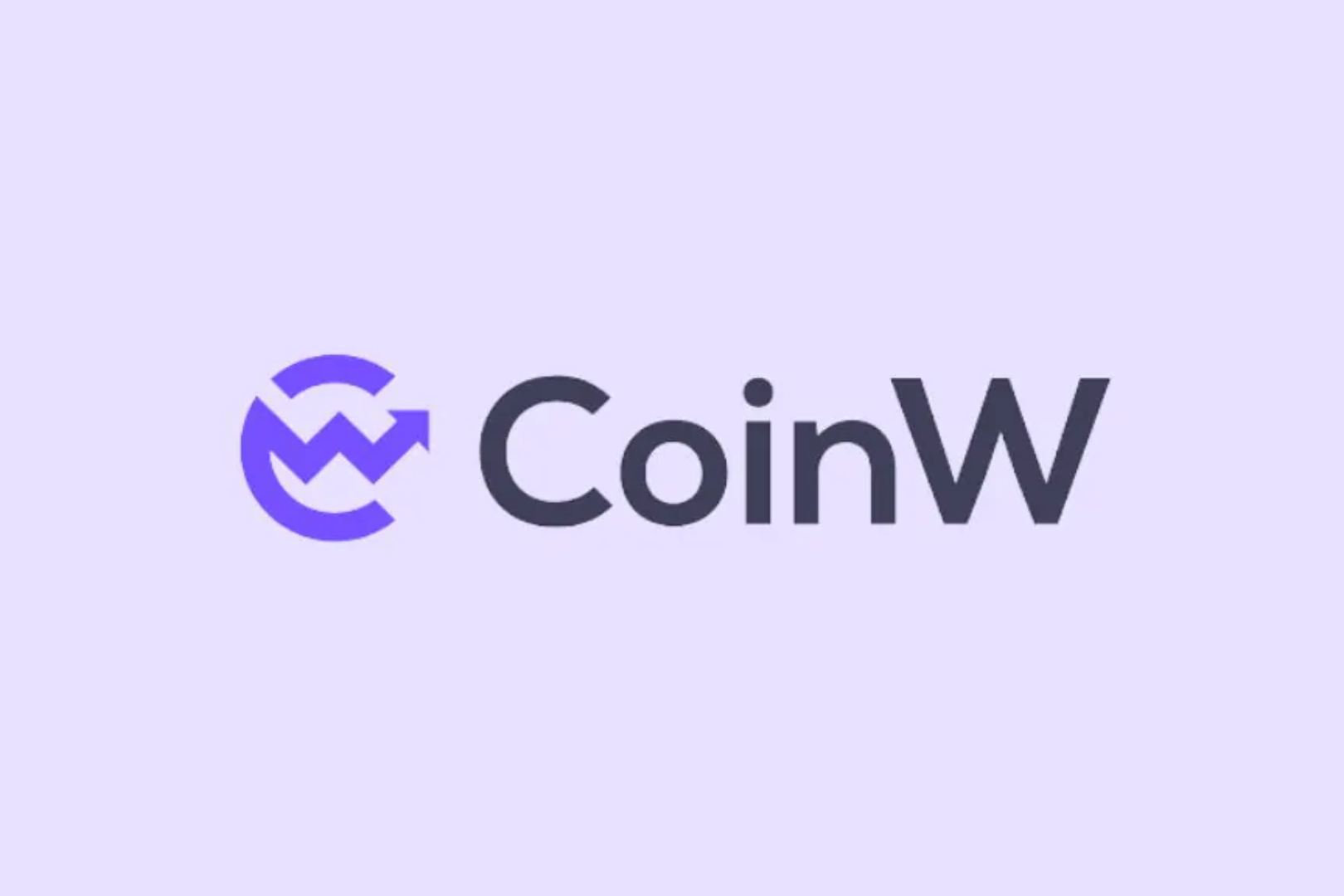
Editor's Note: This article comes fromChain News ChainNews (ID: chainnewscom), published with permission.
Editor's Note: This article comes from
Chain News ChainNews (ID: chainnewscom)
, published with permission.click on this linkWritten by: Crypto Briefing, Crypto Assets Research Institute
Kusama is Polkadot’s frontier network. Polkadot’s current valuation has reached $4 billion. We expect Kusama, which currently has a market value of about $300 million, will experience similar explosive growth.
At present, users can buy KSM tokens from multiple cryptocurrency exchanges, and the cryptocurrency exchanges that have listed KSM tokens believe that information can
click on this link
Quick Facts
Introduction
Asset Code KSM Current Price $33.40 Market Value $300,246,428 Highest Buy Price $55.50 Financing Information Disclosure
*Kusama received financial support from the Polkadot team.
Circulating supply 8,980,098 KSM total supply 10,000,000 KSM Top 10 addresses pledged rate 22% Highest price in history $59.53 (September 3, 2020) 30-day average price $30.2324 Hourly transaction volume $23,131,23530 Daily average transaction volume $31,719,317
Introduction
Ecosystem development is one of the most important components of any successful cryptocurrency project. We often see great teams build many exciting products, but these products struggle to attract users in the market. Especially when it comes to Layer 1 solutions, although network throughput and scalability are not an issue, many so-called "Ethereum killer" applications have so far failed to achieve the expected results, let alone form an ecosystem.
Ethereum has attracted many extremely talented developers who are developing various products and services on the blockchain, but if we want to see the widespread adoption of blockchain technology in the future, then this scenario must be " "Multi-chain", which means that other blockchains competing with Ethereum also have a chance to succeed-of course, only a few may survive in the end.
At this stage, apart from Ethereum, there are only a few blockchains with healthy and growing ecosystems, the most exciting of which is Polkadot. However, many cryptocurrency enthusiasts do not seem to realize the importance of the Polkadot network, but in fact Polkadot is currently the second most popular blockchain network for developers, second only to Ethereum. Although the Polkadot network has not yet been fully put into production, its ecosystem is already thriving, and many crypto projects want to choose the Polkadot network.
It should be noted that it may take another six to eight months for the Polkadot team to roll out all the major functions required for the network to fully operate, but the project already has a fairly high valuation (about $4 billion) and is listed on CoinMarketCap Ranked eighth in the currency rankings.
It is worth mentioning that there is a way to invest in the Polkadot ecosystem without directly investing in Polkadot, and it is Polkadot's sister chain project Kusama, which looks very exciting. Kusama is an early experimental version of Polkadot, which exists in the form of an independent chain. More importantly, the development team behind this project is the development team behind Polkadot, as the team said:
“Kusama develops very fast and a bit wild, which is very suitable for bold attempts and early deployment, while Polkadot is more conservative and puts stability and reliability first.”
In practice, this means that everything that will happen on Polkadot will happen on Kusama first, and those projects that are planned to launch on Polkadot will also be launched on Kusama first-many people do not realize that Kusama is not only a The gateway to Polkadot is an independent network with its own advantages, mainly including:
Kusama has optimized the ability to speed up the upgrade speed;
Kusama network costs are lower;
Polkadot plans to become a network for deploying enterprise-level applications, so transaction security needs to reach bank level, which leads to long deployment time, while Kusama is more flexible, lower cost and can be put into production quickly, so there is a great opportunity Become a "real Polkadot".
By the end of this year, many Polkadot projects will be launched on the Kusama network, thus arousing more interest in its ecosystem.
Both Kusama and Polkadot use the same "Substrate technology" to enable developers to build application-specific blockchains, also known as parachains, but so far there are no Put into production and deploy online. The current market value of Polkadot is approximately US$4 billion, while Kusama's market value is "only" US$282 million. Such a huge difference (more than ten times) indicates that the market underestimates the value of Kusama.

As the development team behind Kusama put it:source
“Kusama develops very fast and a bit wild, which is very suitable for bold attempts and early deployment, while Polkadot is more conservative and puts stability and reliability first.”
image description
Polkadot vs Kusama,
source
It is true that some projects start on the Kusama network and then put into production on the Polkadot network, but this approach is not necessary. Due to its own advantages, many projects will still choose to stay on the Kusama network.
The first advantage that the Kusama network can provide is speed (note, not blockchain throughput), and Kusama’s governance efficiency is also faster, which will push many projects to quickly implement new upgrades and developments, because the latest technology Developers can deliver products quickly. From this point of view, Kusama adapts and develops faster than Polkadot. It is reported that the Kusama parachain is expected to be launched by the end of this year, while the Polkadot parachain release may take six to eight months.
It is worth mentioning that if the Kusama team changes the name of its project, such as "Polca 2" (or other names that contain the word Polkadot), its valuation may become even higher. At present, Polkadot has established brand awareness in the encryption industry, but Kusama may have to build the brand from scratch and let more people know about the project through education and training.
Parachain launch will make Kusama a 'game changer'source
Polkadot's architecture mainly consists of several core components, such as relay chains, parachains, and bridge chains.
image description
Polkadot architecture,
source
The relay chain is the core main chain of Polkadot and Kusama, but its functions are very limited, because the relay chain supports relatively few types of transactions, such as governance mechanisms, parachain auctions, etc., and it does not support smart contracts. Parachains are connected to the relay chain, and most computations happening on Polkadot will be delegated to specific parachains. There is also no limit to parachains, some of which may be application-specific blockchains, and some may provide specific functionality, such as smart contracts or privacy. As an example, one chain could replicate Ethereum's MakerDAO on the network, while another could provide smart contract functionality used by other projects in the Polkadot ecosystem.
However, what is happening on Polkadot and Kusama now is that the real active blockchain is the relay chain, which means that you can't actually do much else on the Polkadot network other than transferring tokens back and forth. But with the launch of new parachains, the Kusama network will function, and many projects have made it clear that they intend to launch their own parachains on Kusama, including:
Acala—this is a cross-chain DeFi hub and stablecoin project;
Chainlink — this is a decentralized oracle network;
Phala Network - this is a confidential data exchange protocol;
Polkaswap — this is the first automated market maker exchange (similar to Uniswap) on the Polkadot blockchain;
Moonbeam — This is a decentralized smart contract platform that supports DApps.
According to the data on the Polkaproject website, there are currently more than 280 projects on the Polkadot blockchain, but all of them must first join the Kusama ecosystem before they can be launched on the Polkadot network. It is understood that the Kusama parachain should be put into use in the fourth quarter of 2020, which means that the launch time is coming soon. But the problem is that not every project can get parachain slots because the number of slots is limited. For example, Polkadot plans to have no more than 100 slots in the medium term, and the Kusama network offers a similar number of slots.
Given the limited number of projects and slots to become parachains (maybe only a few initially), the market demand for KSM tokens is likely to be high. Parachain n slots will be auctioned in a permissionless candle auction. To obtain a slot, the project party must lock (bond) a certain amount of KSM tokens for 6 to 24 months (the deposit will be refunded at the end of the ranking period), which means that the rental cost of each slot will completely depend on Due to the relationship between market supply and demand, but due to the large number of project parties who want to participate in the auction, the demand is bound to be relatively large.
This model could fuel Kusama’s wave of “initial parachain offerings,” which feel very similar to the 2017 ICOs on ethereum. In fact, one of the greatest features of the limited number of slots is the ability to filter out projects that do not bring any value to the ecosystem.
Technical analysis shows that the KSM token is currently trading within a larger symmetrical triangle pattern on various time frames, suggesting that a strong directional breakout is approaching. Once the price breaks out of the triangle pattern, the Kusama token could “run wild” towards $55.50.source
Summarize
image description
Kusama token price movement,
source




